How To Rock Your Yukata This Summer
This Festival Season, Dress To Impress
The hot, humid days of Japanese summers might leave you feeling wilted, but, hey, summer is also the season of fireworks, shaved ice, and plenty of opportunities to get out and enjoy Japanese culture. And what garment goes best with all these festivities? Yes, you've got it right: the light, colorful, and oh-so-feminine yukata.
But where do you find one for yourself and how do you dress to impress? Here are a few tips for choosing your Japanese summer attire and wearing it like a queen!
Finding the right yukata

Most department stores, shopping centers and the like will have a pop-up yukata corner or even a proper seasonal store selling these light cotton kimono somewhere in them. Places like Shibuya 109, PARCO, and Marui are ideal if you are looking for younger styles, but if you’d like something a bit more mature or conservative, try department stores like Ito Yokado or Sogo instead. These typically come in pre-packaged and styled sets which tend to cost about ¥5,000-¥9,000, while buying the pieces individually (yukata, ties, obi, sandals and flowers for your hair), can cost anywhere from ¥5,000-¥40,000, depending on whether you want to buy brand name items, and if you require a petite or plus size version or not.
The only downside to buying a pre-packaged yukata set is that they tend to be made for women who are about 160 cm tall or less, and at most, about a Western size 10-12. For those looking for a greater variety, Rakuten has its own yukata section, but you can also find them on Smileland, at department stores or fashion boutiques like WEGO, and the popular pop-up shop Tokyo Minami Yukata Festival in the basement of Shibuya 109.
Getting the right look
When it comes to styling your own yukata, there are a few things to note. The patterns and colors of your yukata, obi and any accessories should fit together fairly harmoniously. In other words, if you choose a bold, floral yukata print, then a subtle obi and hairpins, purse, and other accessories in a complementary color should also be in your shopping basket. The reverse is also true — a bold obi (with a fancy knot too!) pairs best with a more demure yukata and accessories. The only thing to avoid it seems, are solid, darker colors — they are exclusively the domain of men’s yukata, which tend to have less room around the waist and chest in them if you were thinking of purchasing one instead. Those shopping with their boyfriend for yukata might want to take part in the popular trend of matching color bases; if your man is wearing a navy blue yukata, your yukata could contain navy blue accents, or you could have a navy blue obi, for example.
Footwear
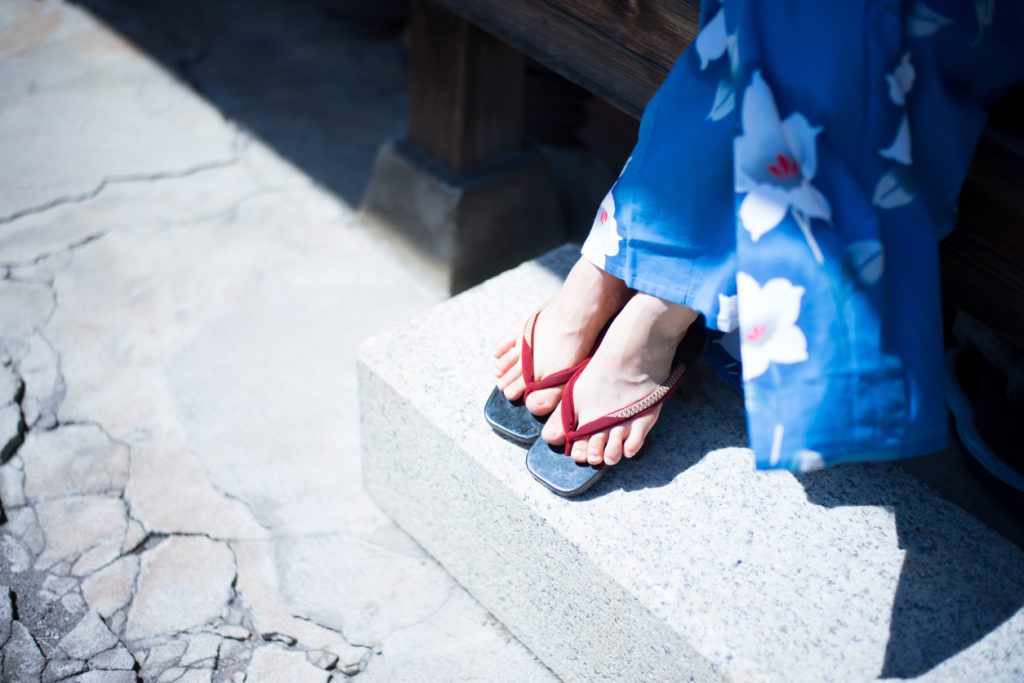
You might have noticed that the set sandals are pretty small. According to several shop staff I spoke with, your feet are actually meant to hang over the back by about an inch as that’s part of the style, so don’t worry if they don’t fit perfectly to your feet. They are somewhat uncomfortable to wear for a long time though, especially if you aren’t used to wearing sandals with wooden bases. A trend in recent years has seen women wearing platform sandals, flip-flops, and even sneakers with yukata, so your footwear is entirely up to you!
Obi (Sash)
You may find yourself puzzled about how to tie the obi yourself. Usually, instructions come with your yukata package, but you can also find some cool tutorials online, such as this by Uniqlo. You can tie the obi around the front and twist it around to the back when you’re done. If you want to twist it around, I find using safety pins to discreetly hold parts of it together really helps. If you are average to plus size, then you can either purchase a larger obi and try it yourself, or you might want to purchase a tsuke obi instead, which is a separate obi sash that you wrap around your waist and a pre-formed bow that hooks onto this sash and ties in place with ribbons overtop. The overall effect is the same as that of a standard obi but without the hassle of having to tie and twist it about your body, or without any fears of your obi coming loose and leaving you in a wardrobe malfunction mid-festival.
Accessories
The other necessities of any yukata look are the floral hair pins and purse, which you can pick up in kimono or yukata specialty shops, at accessories stores like Claires, or even in souvenir shops. It’s standard to select one larger floral piece and add a couple of smaller, colorful bobby pins or clips, but again, you can accessorize as you see fit. In my case, I like to fishtail braid my hair and add pearl clips or even colored extensions in to match my yukata instead of flowers. The standard purses for yukata are made from wicker with a small fabric pouch inside; they don’t hold very much and can break easily if overloaded with items, so you should only bring the absolute essentials with you.
Yukata safety and sensuality
A properly worn yukata restricts your legs enough to affect your gait and limit your pace, which is supposed to make you look more elegant, but can leave you feeling tangled up and about to trip, especially on stairs or when walking on the beach. If possible, practice wearing it beforehand, so that you’ll be able to walk comfortably in it.
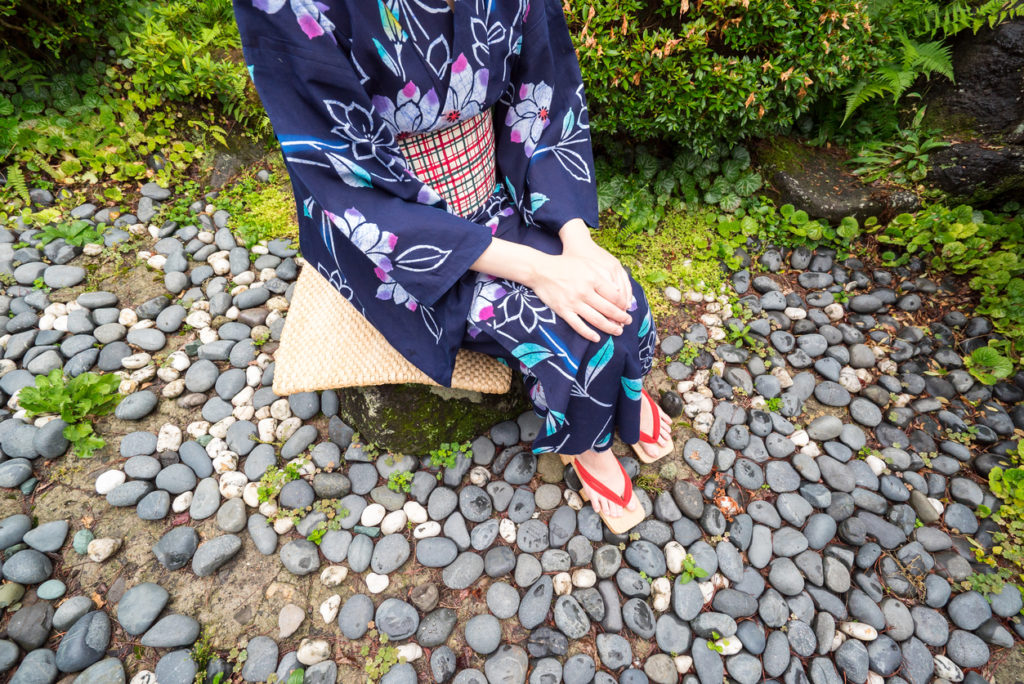
Two other very important things to know when wearing a yukata: how to sit and how to go to the bathroom in one. You’ll need to sit “like a lady” in your yukata. As your legs are held close together, you should smooth the fabric down over your bottom before sitting down, and cross your ankles behind one another to keep your legs in place. For the bathroom, the easiest trick is to unfold and lift the yukata straight up from the bottom like you are pulling a sleeve up over your legs to your waist. This way you’ll have to do the least amount of readjusting it afterward.
You may have noticed that kimono and yukata give the wearer a rectangular shape rather than an hourglass one, and only show off your wrists and ankles – which is very Victorian indeed. If you want to show off a bit of skin in your yukata, take the Japanese approach instead. The nape of the neck was considered to be a sensual spot historically, so leaving this part bare by arranging your yukata to hang down slightly lower in the back and wearing your hair up not only gives your look some flair but also sets the mood for romance too.
So now that you’re ready to rock those festivals, go out there — single or not — with confidence and explore! After all, it’s summer — the season of love, warm breeze, and building unforgettable memories!
Got a yukata photo? Share along! #savvytokyo












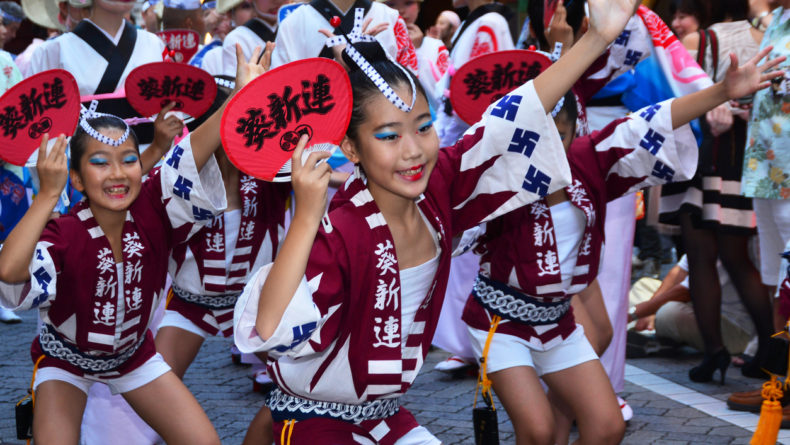
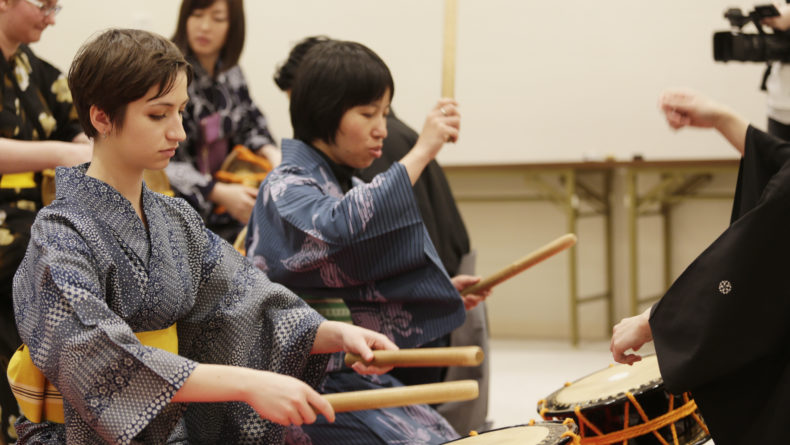
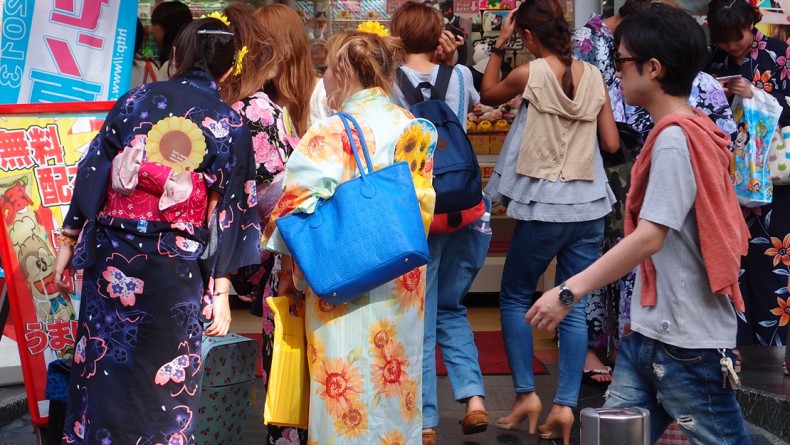
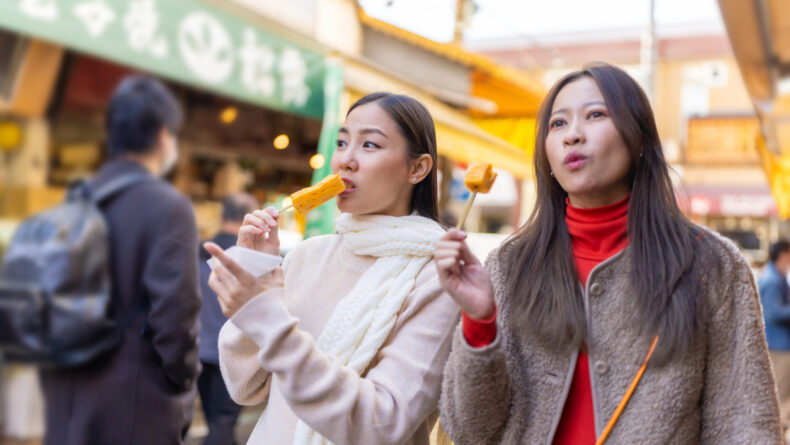
Leave a Reply